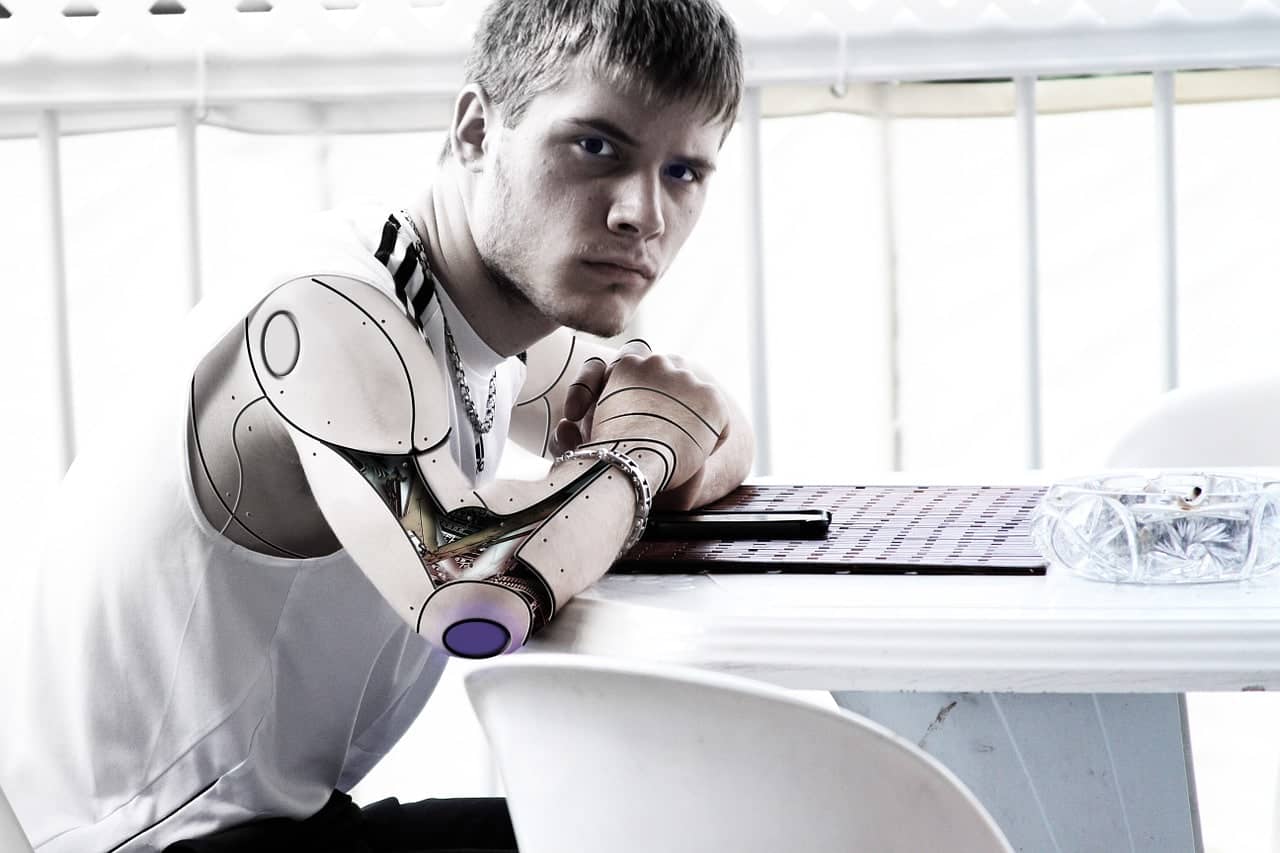Terminator came out as a science fiction movie in 1984. It has been over 30 years since, and to most of us, it still feels like fiction even though a lot of it is coming to reality in the form of artificial intelligence machines. Now, even other parts of the movie seem to be coming true as researchers at the University of Oxford are able to grow human skin on robots.
At the Oxford Musculoskeletal Biomedical Research Unit, Pierre-Alexis Mouthuy and Andrew Carr test medical technologies by covering robots in human flesh. These cyborgs are made to wear tissue grafts for the development of artificial muscles and tendons for transplantation. Muscles and tendons are engineered for implants in lab conditions which “fail to mimic the real mechanical environment for cells.” To make these human cells reach their full potential to develop more lifelike implants, moving humanoids could serve as a perfect tool.
The latest issue of Science Robotics featured Mouthuy and Carr’s work on the subject where they said, “Humanoid-bioreactor systems may open numerous opportunities in medicine, science, and technology, in the spirit of ‘science for robotics and robotics for science.’ Mechanical stimulation is central to the successful development of musculoskeletal tissues both in vivo and in-vitro.”
As the humanoids can freely interact with the environment, so the muscle grafts face a more realistic stress. “It is now both technically possible and scientifically pertinent to explore in greater detail the potential of humanoids as tools for regenerative medicine. Advances in this field could lead to exciting applications across multiple disciplines,” explained the researchers in their study.
According to the scientists, musculoskeletal tissue disorders in aging populations are a common concern that is causing “a growing health, social, and economic burden.” These disorders include cellulitis, Marfan syndrome, osteogenesis imperfecta, scleroderma, etc.
“It makes sense to create advanced bioreactors with structures, dimensions, and mechanics similar to those of the human body. In this context, humanoid musculoskeletal robots become highly relevant. By mimicking the human skeletal architecture and the body movements in different activities, they could help to overcome the limitations of current bioreactors.”
There have been lots of other attempts where robots have been covered with human-like flesh to make them more realistic. A lot of these were used in applications like advanced speech synthesis, and to study early childhood development. This is the first time they are being used for the sake of developing human muscle implants.
For all we know, robots might be the future of regenerative medicine.


